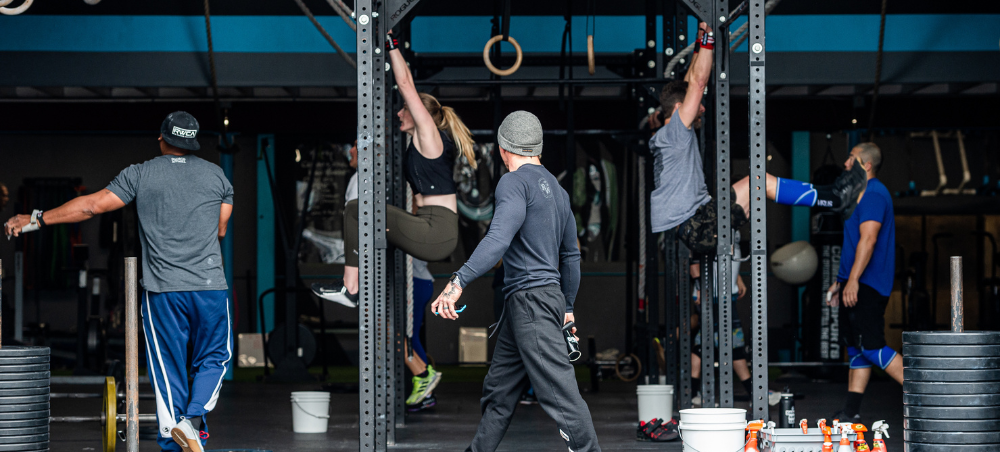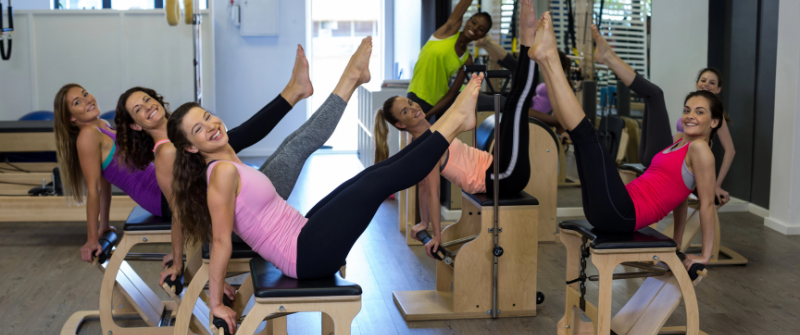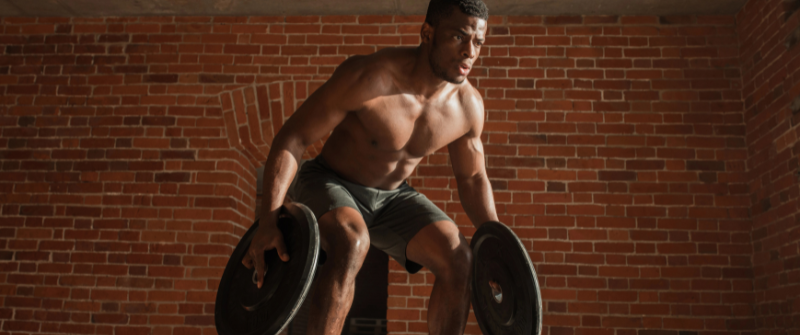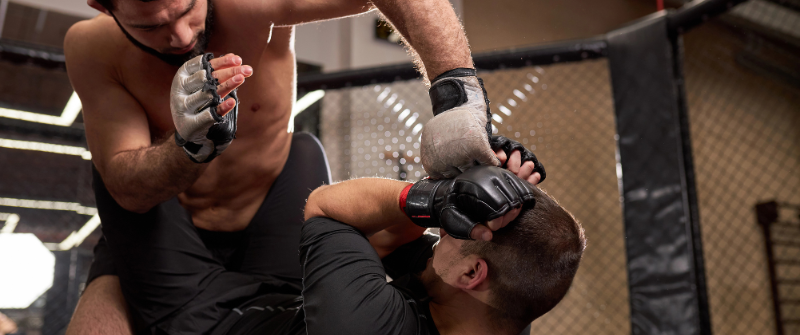
- by NEXO Team
- May 3, 2023
People are often encouraged to go to the gym as part of a healthy lifestyle. However, a gym can be very intimidating if you aren’t sure how to use the equipment or if you’re worried about embarrassing or hurting yourself. This can be especially true for people with disabilities, who find that many gyms aren’t designed with them in mind. This, unfortunately, can create barriers that prevent people with disabilities from accessing the benefits of regular exercise.
If you’d like to build a better gym that is a welcoming and accessible space for everyone, this post is for you. Use the following tips to create a gym your entire community can enjoy and of which you can be proud.
- Consult With Disability Organizations
- Ensure Gym Accessibility
- Provide Accessible Workout Equipment
- Offer Disability-Friendly Fitness Programs
- Train Staff On Disability Etiquette And Awareness
- Create A Culture Of Inclusivity
- Establish A Respectful, No-Bullying Policy
1. Consult With Disability Organizations
The first step to building a better gym is to seek advice and guidance from disability organizations. These organizations have expertise and experience in designing accessible spaces and can provide valuable insight into the needs of people with disabilities. They can help you identify the barriers that exist in your gym and suggest ways to remove them. Consider working with organizations, such as the Centers for Independent Living (CILs) or your local disability advocacy group, which can be beneficial for learning as much as possible, building relationships, and establishing resources.
2. Ensure Gym Accessibility
One of the most important aspects of building a disability-friendly gym is ensuring that all areas are accessible. This includes the entrance, locker rooms, shower rooms, and workout areas. Make sure that if there are steps into these areas, there are also ramps and support rails where needed. Be deliberate about ensuring no other obstacles are present that would make it difficult for people with mobility impairments to enter and move around the gym.
Confirm that there are enough accessible parking spaces nearby and that the route to and from the parking lot to the gym is safe and accessible. In the locker room and shower room, make sure there are accessible lockers and changing areas. Are the shower stalls large enough for people who use mobility devices? Are shower seats available? To have a disability-friendly gym, you'll also need to ensure the bathroom stalls have support rails and are large enough to accommodate people of different sizes and those with mobility issues who may use wheelchairs and mobility aids.
3. Provide Accessible Workout Equipment
Of course, providing accessible workout equipment is critical for creating a disability-friendly gym. This means having equipment available that is designed for people with disabilities, such as wheelchair-accessible cardio machines, weight machines that can be adjusted for different heights, and seated exercise equipment.
It is also important to provide equipment that is easy to use and understand.
Consider providing instructional posters or videos that explain how to use the equipment, as this is usually helpful for everyone, no matter their fitness level, age, or disability. Always go out of your way to ensure that the equipment is well-maintained and in good working order so that it is safe for use.
4. Offer Disability-Friendly Fitness Programs
Group fitness classes, such as seated yoga or pilates, adapted Zumba or cardio classes, and low-impact workouts help create a welcoming and supportive community within the gym. These programs should be tailored to their special needs and abilities and should be led by trained professionals who have experience working with people with disabilities.
Doing so provides options so everyone can decide what’s best for them. It also keeps things interesting for clients and gives them the freedom to try new activities that fit their personality and fitness level.
5. Train Staff on Disability Etiquette and Awareness
Training staff on disability etiquette and awareness is crucial for creating a welcoming environment for people with disabilities. Your staff should be knowledgeable about their needs and abilities. Your employees and trainers should also know how to communicate with and assist those with disabilities without prejudice or judgment.
Customer service is paramount to the overall reputation of your business and should not be taken lightly. Your staff should also be trained on how to use equipment that is designed for people with disabilities, such as lifts or transfer devices.
6. Create a Culture of Inclusivity
Creating a culture of inclusivity is perhaps the most important aspect of building a disability-friendly gym. This means creating an environment where people with disabilities are welcomed and valued and where their needs and abilities are accommodated.
Encourage your members to use inclusive language and avoid making assumptions about people with disabilities. Promote a positive attitude towards all people who patronize your gym, including those with disabilities. As a gym owner, it’s important for you to set an example that ensures people with disabilities will be included in all aspects of gym life, including special events and social activities.
7. Establish a Respectful, No-Bullying Policy
Sometimes people can be rude or insensitive, and sometimes that includes paying members. This type of behavior is usually demonstrated directly or indirectly through unwanted or intimidating gestures, eye contact, or mean-spirited language.
To avoid these types of interactions, have gym members sign a waiver of acknowledgment and responsibility that clearly outlines acceptable and unacceptable behaviors and the consequences. By doing so, there will be no excuse for bad behavior, and your gym will be a safer environment for everyone, including those with disabilities.
Key Takeaways
Creating a disability-friendly gym is not just about meeting the legal requirements for accessibility. It's about creating an environment where people with disabilities feel welcomed, valued, and included. By following these tips, you can create a gym that is truly accessible and disability friendly.
It's important to remember that creating a disability-friendly gym is an ongoing process. As new equipment becomes available or new research is published, you may need to make changes to ensure that your gym remains accessible to everyone. It's also important to listen to feedback from your members who have disabilities and consider making changes based on their suggestions. Doing so enables you to promote a healthier and more inclusive community.
If you’d like more information about how to build a better gym and a disability-friendly environment, contact NEXO Fitness Solutions.
Categories
Fill out a short form to contact us with your questions or to receive a customized quote.
Recent Posts
-
 Why Jiu-Jitsu Schools Face Higher Liability Than Other Gyms and How to Manage It
January 5, 2026
Why Jiu-Jitsu Schools Face Higher Liability Than Other Gyms and How to Manage It
January 5, 2026 -
 Is Your Pilates Studio Prepared for a Medical Emergency?
January 5, 2026
Is Your Pilates Studio Prepared for a Medical Emergency?
January 5, 2026 -
 NEXO’s Affinity Program: How Fitness Suppliers and Associations Can Partner for Profit and Protection
December 5, 2025
NEXO’s Affinity Program: How Fitness Suppliers and Associations Can Partner for Profit and Protection
December 5, 2025 -
%20(1).png) How to Insure an MMA Gym Without Paying for Coverage You Don’t Need
December 5, 2025
How to Insure an MMA Gym Without Paying for Coverage You Don’t Need
December 5, 2025 -
 Mastering Liability for Jiu-Jitsu Tournaments and Martial Arts Events
December 5, 2025
Mastering Liability for Jiu-Jitsu Tournaments and Martial Arts Events
December 5, 2025

